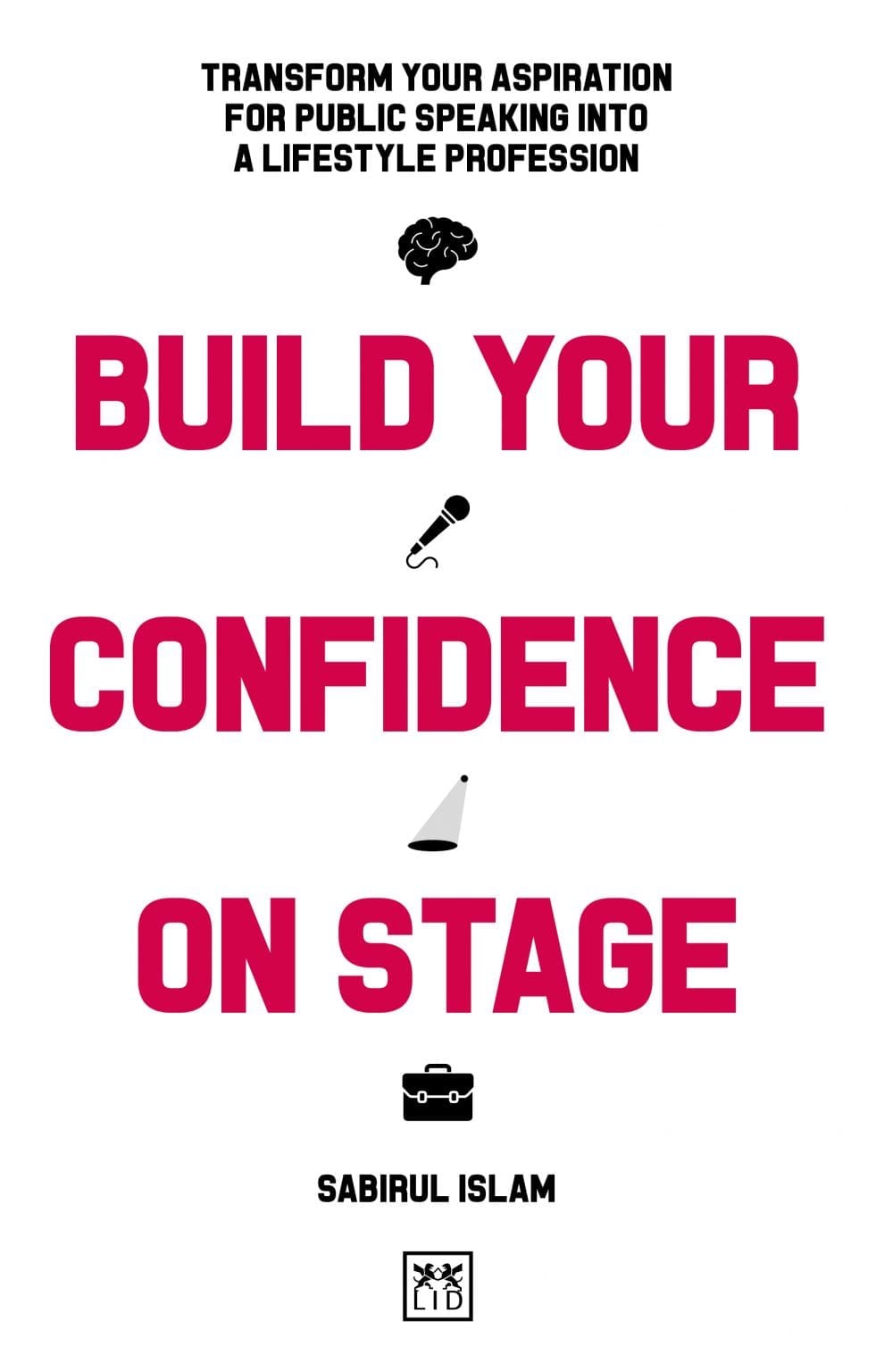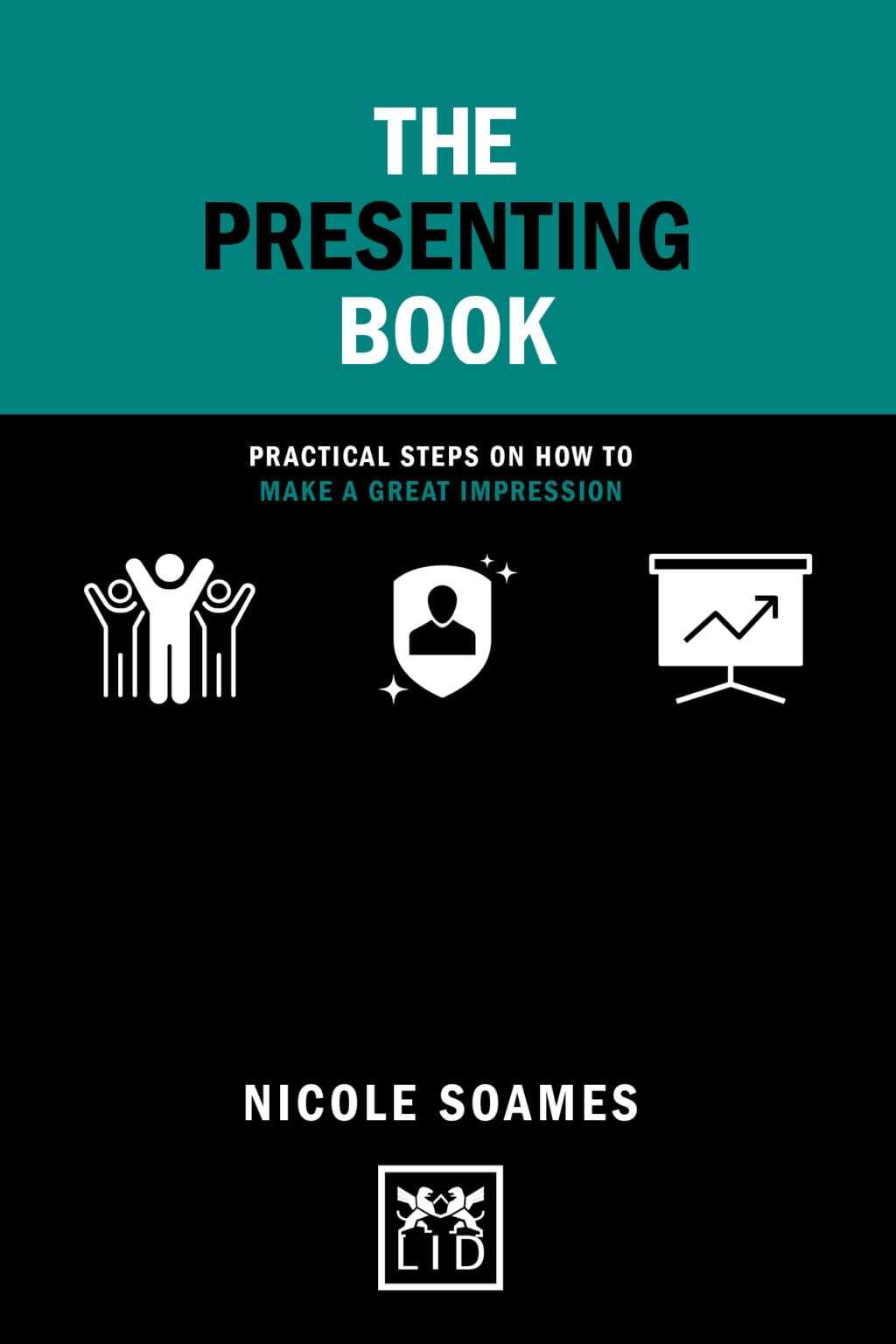|
How to improve your vocal variety and engage your audience
By Guest Contributor Dan Magil
Dan Magill, a member of Toastmasters International, explains how to improve your vocal variety and engage your audience when you’re public speaking.
Having rewatched the Wizard of Oz recently I realised that it has a useful message for all presenters and public speakers. To keep your audience members entertained, particularly if you’re speaking online, you’ll need heart. Plus, bags of energy, enthusiasm, and passion.
I believe there’s only one true outlet for the heart – through your voice.
How we use our voice when we speak will determine whether our words resonate with our audience or fade away.
So, what does that mean in practice?
You – but even more so
I’ve lost count of the times I’ve suggested to clients that they add more vocal variety to their speaking, and they say,
“Well, it’s just not me. I’d be embarrassed to do silly voices.”
I get it. I remember saying the same thing when I started out as a speaker. What is important is to understand is that you don’t need to give an award-winning dramatic performance. Simply use your voice to add heart and passion to your speaking.
When you speak, you should be you. But you should be an exaggerated version of yourself. You simply need to be prepared to exaggerate your voice, modulate your voice, and use YOUR voice to help us go on that journey with you.
Play-Back Pays Back
You also need to listen back to yourself.
I once gave a speech about the Three Little Pigs. I decided it would be more engaging if I had a different voice for each of the three pigs. Nothing too silly. Just a different voice for each.
Afterwards, a friend of mine called me and said, “Great talk, Dan. I loved your story. My only suggestion would be that you use a different voice for each of the pigs. Make it a bit more fun and engaging for the audience.”
When I watched the recording back, I realised that she was completely right. The pigs all sounded the same
Record yourself when you speak, or even when you’re rehearsing. You’ll hear what everyone else hears and you’ll quickly discover if there really is any variety in your voice, and whether you need to exaggerate more.
The Imitation Game
We begin mimicking people’s voices from the moment we start speaking. So, why don’t we start doing that with our public speaking too?
I find it helpful to mimic the vocal style of people I see on TV. After all, if we’re going to be presenting online, we’re essentially looking for the same vocal qualities that broadcasting professionals have. It might be a comedian, an actor, or a newsreader.
This doesn’t mean you should start trying to sound exactly like them or doing impressions of them. There might just be little things here and there that you like. Small things they might do that you can try and incorporate into your own speaking when you’re on stage.
All of us got the voices we have from other people. So don’t be afraid to use other people to develop your own vocal variety for public speaking. Soon enough, it will stop being you mimicking somebody else and will just become your voice. The voice that you use when you speak to an audience.
Let’s have a look at some specific tools we have at our disposal if we want to use our voices to create more engaging talks.
Volumise
Changing your volume as you speak can add a lot to how engaged your audience feels.
If you’re online, lean into the camera and whisper something that might be a secret or a reveal for your audience. If you’re in person – do the same with the live audience.
Shout out the punchline to a joke or a big realisation.
A sudden change from a lower volume to a higher one can really jump-start your audience back to life and bring them back into a speech that they might have been drifting out of.
Always try to modulate your volume as you speak.
Win the battle
Varying the pace at which we speak is going to go a long way toward helping us win the battle for our audience’s attention.
If we speak at one pace the entire time, an audience quickly becomes used to it. They quickly become bored by it. They quickly stop listening to it.
Think of ways you can really vary the speed at which you’re talking as you move through your talk.
You might be telling us a story where everything is happening very quickly and frantically, and you’ll speed up your voice to emphasise that.
Or you may want to powerfully deliver an important message and you’ll slow down the pace and really give the audience time to take it in.
Use Pitch
Your ability to change your pitch is the most important vocal tool you have at your disposal.
To speak effectively, you’ll need to be varying the pitch of your voice, the entire time you speak.
The pitch of your voice is what makes you, YOU.
It’ll include using a deeper voice or a higher voice, but it’s also how you’ll express your emotions as you speak. You’ll alter your pitch to express anger, sadness, happiness, laughter, pain, joy, guilt, tiredness, sympathy, sarcasm.
Have a play with the following sentence and see how it changes the meaning each time:
- I really am so happy to see you
Challenge yourself to say the sentence above, four times. Each time, try to change the way you use your voice so you can convey the following emotions to your audience.
- Happiness
- Anger
- Relief
- Fatigue
Every sentence can convey different meanings, depending on the way they are delivered.
Whether we’re speaking face-to-face or online; if the voice we use for our speeches or presentations is dreary and lifeless, audience members will quickly start reaching for their mobiles, or begin to nod off.
When we use vocal variety in our speaking, a bit like the Wizard of Oz, it takes us over the rainbow!
ABOUT THE AUTHOR

Dan Magill is a member of Toastmasters International, a not-for-profit organisation that has provided communication and leadership skills since 1924 through a worldwide network of clubs. There are more than 400 clubs and 10,000 members in the UK and Ireland. Members follow a structured educational programme to gain skills and confidence in public and impromptu speaking, chairing meetings and time management. To find your nearest club, visit www.toastmasters.org
Suggested Reading

Build Your Confidence on Stage covers The Speaker’s Psychology; The Principles of Public Speaking; The Performance Masterclass; and The Profession of a Public Speaker. These pillars will demonstrate how to overcome fear and anxiety, break general norms and stereotypes, analyse the pre, during and post-performance techniques, master the discipline and its practise before you begin to convert everything you’ve learnt into forming a lifestyle speaking career.
 The Presenting Book is an inspiring and engaging handbook packed with Nicole Soames’ expert advice, practical tools and exercises. This book will teach you how to become a highly skilled presenter in all areas of your life – whether you’re presenting a sales report to the board, promoting your personal brand online, networking at an event or being the key-note speaker at a conference. You’ll learn how to develop your emotional intelligence, capture and hold peoples’ attention and deliver your performance with confidence.
The Presenting Book is an inspiring and engaging handbook packed with Nicole Soames’ expert advice, practical tools and exercises. This book will teach you how to become a highly skilled presenter in all areas of your life – whether you’re presenting a sales report to the board, promoting your personal brand online, networking at an event or being the key-note speaker at a conference. You’ll learn how to develop your emotional intelligence, capture and hold peoples’ attention and deliver your performance with confidence.
